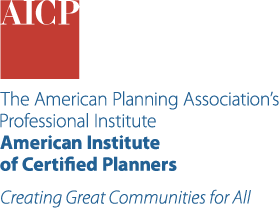Delivering Safe, Comfortable, and Connected Pedestrian and Bicycle Networks: A Review of International Practices
May 2015
By:
https://www.fhwa.dot.gov/environment/bicycle_pedestrian/publications/global_benchmarking/global_benchmarking.pdf
Report a broken linkACTIVE TRANSPORTATION
These case studies examine innovative bicycle and pedestrian facilities from 11 countries and recommends those that might best work in the United States. This study is not to be confused with another FHWA-sponsored publication, Case Studies in Delivering Safe, Comfortable, and Connected Pedestrian and Bicycle Networks which looks at domestic examples. The study is concerned with innovation and best practices, and the areas of examination include network infrastructure, signalization, limited auto traffic areas, traffic control, and intelligent transport systems. The report identifies the areas that hold the most promise for the United States as: various types of bicycle priority streets (superhighways, shared bicycle priority streets, wider separated lanes, and “green waves”) for longer cycle trips and improving connections to employment and urban centers; lower-speed, experimental designs for multi-lane, at-grade roundabouts; energy efficient path or lane lighting; bicycle signalization (e.g. “green waves,” etc.); path or two-way bicycle facility priority at junctions with low-volume streets; and traffic restricted, pedestrian priority zones.


